Introduction: the data dream for industrial excellence
Imagine a scenario where every operational data point of an industry is continuously captured, organized, scalable, and free from cyber threats. This is the concept of IT/OT (Information Technology/Operational Technology) convergence, an evolution where the synergy between data and technology optimizes efficiency, security, and innovation in manufacturing, enabling high-quality data and robust security that support reliable and strategic decisions.
IT/OT convergence goes beyond data collection. It is an integral ecosystem where organized data eliminates informational silos, machines automatically adjust their operations based on demand, and intelligent systems predict failures before they occur. Reports indicate that fully adopting this approach can increase industrial operation productivity by 30% to 50% (Bain & Company: The Factory of the Future Could Boost Productivity by 30% or More).
What is OT, and how does it compare to IT?
Operational Technology (OT) encompasses hardware and software that monitor and control physical devices and processes in industrial environments, including systems like SCADA (Supervisory Control and Data Acquisition), PLCs (Programmable Logic Controllers), and MES (Manufacturing Execution System). In contrast, Information Technology (IT) focuses on processing, storing, and communicating information through computational systems. Practically, IT is more oriented toward managing organizational data and processes, while OT directly deals with operations and automation. Integrating these two previously isolated areas is at the heart of IT/OT convergence, offering a unified view of operations and fostering innovation.
This convergence is already transforming industries, with use cases spanning productivity, maintenance, safety, quality, responsiveness to demand, and sustainability. Some applications include:
- Automatic machine calibration: Machines can self-calibrate using sensor data to ensure optimal performance, reducing manual adjustments and maintaining high productivity levels.
- Predictive maintenance: Algorithms analyze real-time data to predict equipment failures, minimizing unplanned downtime.
- Digital twins: Real-time virtual replicas of industrial plants capable of simulating, predicting, and optimizing processes and their performance.
- Automated shutdowns: Machines can be programmed to stop automatically when sensors detect abnormal or dangerous behavior, preventing accidents and ensuring a safer work environment.
- Real-time quality monitoring: Sensors and IoT devices monitor production processes in real-time, instantly identifying deviations from quality standards and enabling immediate corrective actions.
- Energy consumption monitoring systems: Factories control and optimize energy consumption to save costs and reduce environmental impact.
- Flexible manufacturing systems: Systems that can quickly switch between different products based on incoming orders, increasing the ability to efficiently respond to changing customer needs.
Real challenges in IT/OT convergence
Despite its promise, many organizations face difficulties implementing IT/OT convergence strategies, including:
- Data quality: Poorly configured sensors and inconsistent naming conventions produce unreliable data and lack calibration routines.
- Absence of unified vision: Lack of clear goals complicates coordinated efforts.
- Expertise deficiency: A shortage of engineers skilled in OT poses a significant obstacle to scalability and effective use of information.
- Technical and cultural legacy: Heterogeneous equipment and cultural barriers between IT and OT teams hinder integration.
- Operational routine changes: Implementing new data products and tools must be accompanied by change management and process adjustments. Without proper training and willingness from operational teams, new products become ineffective.
However, companies like Volkswagen and Siemens provide inspiring examples. Volkswagen, for instance, invested €4 billion between 2019 and 2023 in digitizing its production processes, enabling the production of customized cars at the same cost as mass-produced vehicles without interrupting the production line. Additionally, the company successfully monitored every production stage through a single screen, demonstrating the successful implementation of these technologies.
Similarly, Siemens showcased the power of digital transformation in its Electronic Works Amberg (EWA) factory in Germany. This facility, producing about 17 million units annually, uses its own Simatic Programmable Logic Controllers (PLCs) to automate production. With 75% of production controlled by machines and robots, Siemens achieved an exceptional quality level of 99.9990%. This high degree of automation not only illustrates the reliability and efficiency of its products but also demonstrates how investment in data and AI can drastically improve production quality and efficiency.
Building the digital future: The technological backbone of convergence
For IT/OT convergence to materialize and organizations to advance toward sustainable human-machine collaboration, it is essential to build a robust technological backbone capable of supporting integrated, scalable, and secure operations. This digital foundation must be envisioned as a cohesive ecosystem of interconnected tools, enabling everything from real-time data collection to advanced analytics for decision-making.
Key technologies comprising this infrastructure include:
- SCADA (Supervisory Control and Data Acquisition): Monitors and controls industrial processes in real-time, ensuring operational reliability.
- MES (Manufacturing Execution System): Bridges the gap between the shop floor and corporate systems, enabling real-time visibility and better decision-making.
- Historians: Store operational data in time series, essential for historical analysis, continuous improvement, and AI applications.
- Industrial Data Platforms (IDP): Consolidate data from multiple sources, enabling large-scale analysis, predictive modeling, and intelligent automation.
- Unified Namespace (UNS): Organizes and centralizes data flows between different systems and devices, facilitating scalability and standardization.
Despite the benefits, integrating these tools requires a clear strategy — and this is where transition approaches toward Industry of tomorrow come into play.
Transition strategies: Big Bang, incremental, or hybrid?
Industrial digital transformation can follow distinct paths — and the choice of approach directly impacts the pace, risk, and return on investment.
- Big Bang: A broad, standardized implementation with strong strategic alignment and a high degree of control. This approach reduces fragmentation and guarantees data consistency from the start, facilitating future scalability. However, it requires high initial investment and rigorous change management to mitigate operational disruption risks.
- Incremental: Transition occurs through pilot projects implemented gradually. This approach is safer in the short term and allows continuous learning but can create a more complex environment with heterogeneous systems and integration challenges in the long term.
Hybrid: Many organizations adopt a hybrid strategy — structuring a robust central architecture (like UNS or IDP) while experimenting and refining use cases locally. This balances standardization with agility, reducing risks without sacrificing innovation.
Conclusion: The path to industrial excellence
IT/OT convergence is more than a technological transition — it is a strategic movement to transform industries. With intelligent technologies, robust security, advanced data management, and human-machine collaboration, the use of data and AI emerges as a model for industrial excellence and competitive differentiation.
With years of experience in the sector and being technology-agnostic, Artefact combines the necessary skills to be the strategic partner for foundational data projects.
- Deep knowledge of various components of a successful data and AI strategy: We support many of our clients across various sectors in defining their data strategy and roadmap at multiple levels (data product, data governance, operating model, data platform, culture, and change), from strategy to implementation.
- Strong local presence and international experience: Our team enables you to combine local presence with best-in-class practices developed with our world-leading clients.
- Extensive experience in data governance and structuring: It is essential to align data architecture building with governance. Our practical, value-oriented approach, combined with over 80 references in data governance projects and ready-to-use tools and methodologies, ensures the adoption of the best strategy within the context of each client.
- Data democratization is in our DNA: We create change plans tailored to your teams’ needs, so they can take control and adopt the data and AI solutions made available to them (Artefact School of Data).
The journey is challenging, but with a clear vision, proper training, and continuous innovation, organizations can unlock unprecedented levels of productivity, sustainability, and competitiveness. This convergence is not just the ideal data dream — it is the next natural step toward the industrial future.
Reference: Artefact, “IT/OT Convergence: The Data Dream for Industrial Excellence”
 BLOG
BLOG



